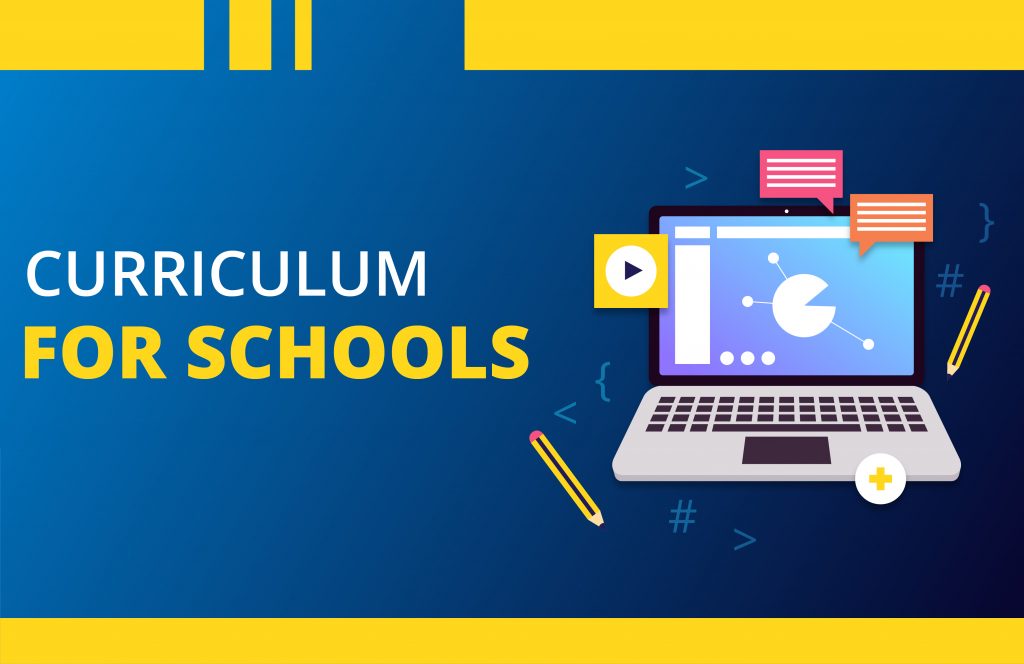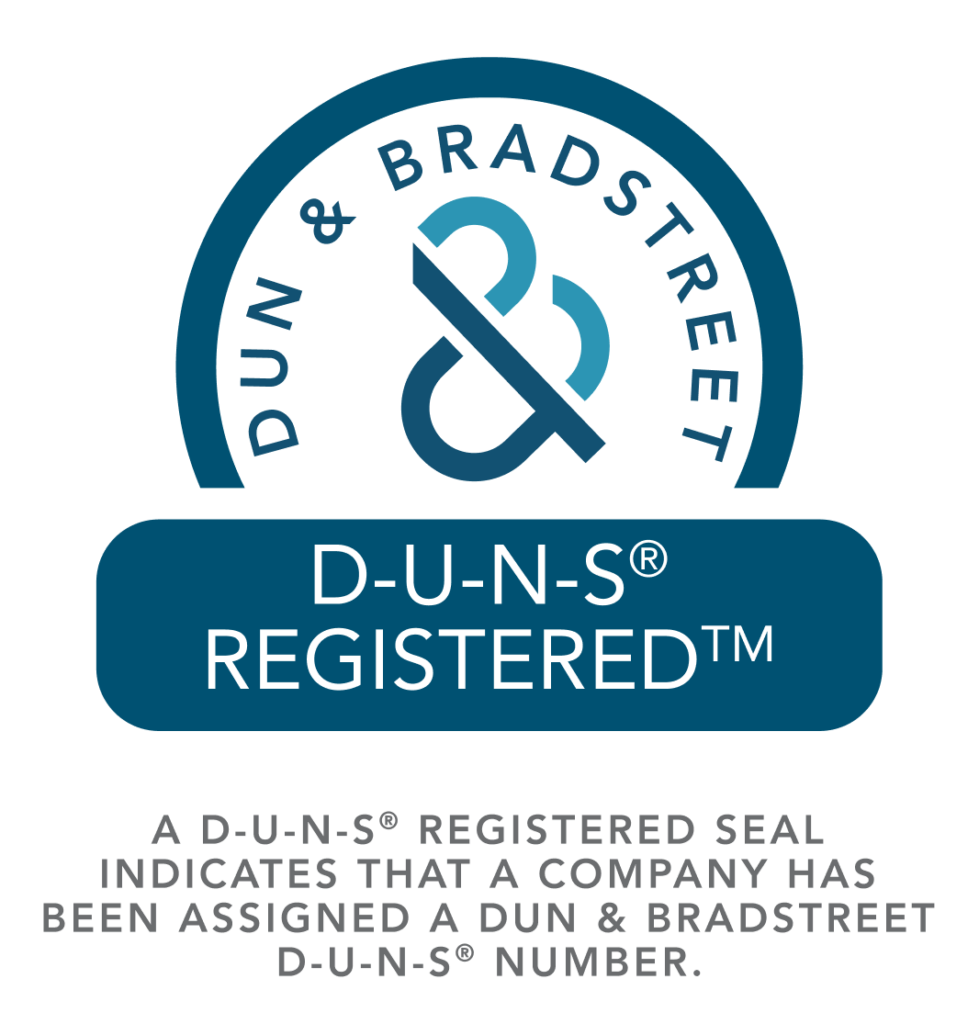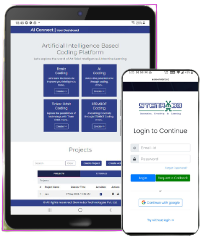The Secret Sauce Behind Smart, Confident Kids? STEMROBO AI & Robotics Labs!
We all know now that kids are becoming experts in technology and they also learn how to use it very fast. Mainly because of the easy user interface and creative visuals. You could see a 2 year old can connect and disconnect a call all by itself. What if we instead of this, introduce our kids to technology that will actually be helpful for the future and its jobs.These will help in creating the innovators, leaders and problem solvers of tomorrow. This is where this Labs come in the picture. A platform that nurtures the young innovators in the subjects of Science, Technology, Engineering and Maths and also the essential 21st century skills. These labs are more than just coding or robotics, it is about the healthy development of a child so that they can master the essential skills and navigate better in the future. Why STEM Education Matters More Than Ever Earlier, for example, knowing computer basics was a huge thing and now STEM is the rage and it very essential that students are well equipped with it. These subjects STEM, which are short abbreviation for Science, Technology, Engineering, and Mathematics is no longer a bonus but actually a very essential component in today’s education. Boards like CSCE and ICSE have already introduced STEM as a subject. These subjects are the background of almost every industry now. From healthcare to education to finance and cinema etc. STEM innovation and learning centres, along with Tinker and innovation programs for schools, are already proving how everyday curiosity can spark big ideas and encourage design thinking. These setups encourage students to test, prototype, and create real solutions. They also align with the push for innovative ideas for school development across India.How these labs Make Learning Fun and Meaningful Here, students learn by doing and this helps them understand better and retain longer. They also learn to successfully relate bookish knowledge to the Some of the standout features include: Each session is structured to promote curiosity-driven learning. Children are encouraged to ask questions, make mistakes, and iterate, essentially learning the same way real-world innovators and scientists do. Building Confidence Through STEM Projects One of the most remarkable outcomes of these Labs is boosting a child’s confidence. When students get success after a lot of hardwork, they feel a sense of joy and accomplishment that pushes them to strive harder. This confidence extends beyond the lab. Children who are keen in experimenting and problem solving in STEM subjects often display increased confidence in other academic areas, social situations, and extracurricular activities. They become more willing to take risks, voice their ideas, and pursue creative solutions—skills that will benefit them throughout life. Real world problems and solving themWhen students are exposed to design thinking, they learn how to identify a problem and work through it to find a solution that is not only accessible but also economical and sustainable.Teacher Training: Multiplying the Impact Here, educators are updated and upskilled according to the ingoing market trends and demands. This ensures that the students can the best education by able teachers who are well versed in this technological ecosystem. These educator programs are designed to suit the teachers well. Trained teachers learn: By training teachers, they ensure that its impact extends beyond individual students to entire classrooms and schools, creating a culture of innovation. Parental Testimonials: Seeing the Change at Home Parents get to see amazing changes when they see the effect of these innovation labs on their student – One parent shared, “My child has become more creative and curious and this is because of the innovation labs of Stemrobo” Feedbacks like these, motivate the educators to get better with their craft. Preparing Students for Future Careers As the world is changing rapidly, the education and the careers are also changing. Therefore, to keep in track with the jobs of the future, kids need to master these skills of – By introducing these skills early, it ensures that children are not just ready for the future they can lead it. Coding and Robotics Curriculum for Schools Ecosystem: Labs, Courses, and Competitions STEM education Company’s mission goes much more than just classroom sessions. Here, students impact goes beyond classroom sessions. Their comprehensive ecosystem includes: This company and its goals are much bigger than just being in the classroomKids get to learn, experiment, and grow in many ways: – STEM Innovation Labs: Special rooms at school where kids can freely try new ideas. – Online Coding & Robotics Courses: students can learn anytime, anywhere – Competitions & Hackathons: they show their skills and also get idea on how to upgrade themselves – Teacher & Parent Workshops: Helping everyone around the child support their learning journey. Conclusion: The Secret Sauce Behind Smart, Confident Kids Just like a sauce has many ingredients to it, so does the “secret sauce” behind children who are keen in the welfare. This comes to a whole basket of exposure, support, motivation etc. 21st century skills along with the technical skills of robotics, coding, AR/VR Lab etc make a child able for the future. Therefore, investing in STEM education for your child is one of the most beautiful gift parents can gift their child.
The Secret Sauce Behind Smart, Confident Kids? STEMROBO AI & Robotics Labs! Read More »











